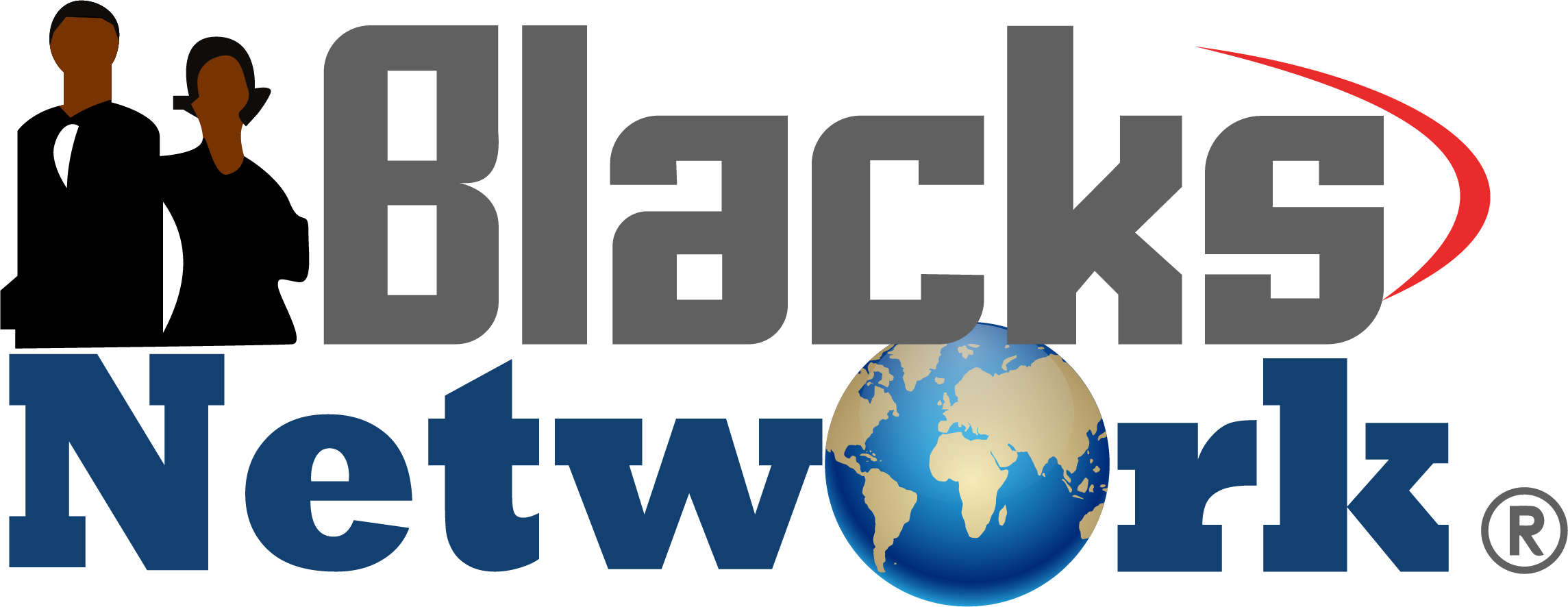Experience High-Performance Apartment WiFi Solutions with UniFi Nerds
In today’s world, when everything is linked, having dependable internet connectivity is a must for living in an apartment.
https://www.sutori.com/en/stor....y/experience-high-pe
Opdage indlæg
Top 10 Snow Removal Mistakes to Avoid This Winter
Beautiful winter snow turns surroundings into winter heaven. But it also offers the challenging task of clearing snow. Whether you are clearing a little driveway or a large parking lot, avoiding common snow removal mistakes will save time, effort, and maybe harm.
https://snowlimitless.com/top-....10-snow-removal-mist
Snow Removal Costs: What You Need to Know Before Hiring a Service
Many property owners in Canada must decide how best to remove the snow as it begins to blanket cities. Hiring a professional snow removal service can be a convenient choice, but it’s important to understand all the costs and factors involved.
https://snowlimitless.com/snow....-removal-costs-what-
Snow Removal for Commercial Properties: A Complete Winter Maintenance Checklist
Winter is a delightful time of year, but managing snow and ice can be challenging for business owners. In addition to looks, elements of winter access and safety involve accountability, upkeep of services, and safety precautions.
https://snowlimitless.com/snow....-removal-for-commerc
Unlocking Financial Freedom: Invest in an ATM Machine
Today’s financial landscape rewards those who recognize opportunity in evolving market trends. While digital payments continue to grow, cash transactions remain a vital part of daily commerce for millions. Retailers, service providers, and small businesses depend on reliable access to cash.
https://www.unitedbanccardoftn.....com/blog/unlocking-
How to Streamline Accounts Payable and Receivable Management for Australian SMEs
One of the most important considerations for any SME in Australia is financial management. Two areas- accounts payable (AP) and accounts receivable (AR) are very sensitive to attention.
https://squareaccounting.com/h....ow-to-streamline-acc
Virtual Financial Accounting: The Smart Way to Manage Your Business Finances Remotely
Consider holding your business in a cafe, your living room or even on the move to a foreign country and being free of stacks of receipts and lost reports. That’s the promise of virtual financial accounting.
https://squareaccounting.com/v....irtual-financial-acc
Buy Verified Binance Account-All documents are provided with the accounts
Buy Now - https://uspvago.com/product/Binance accounts
Contact us today! We are online 24 Hours
✅ Gmail: uspvashop@gmail.com
✅ WhatsApp: +1 (47 393-0691
✅ Telegram: uspvashop
#buy Varified cash up acconts#
buy verified cash app accounts-100% Customer Satisfaction Guaranteed
Buy Now - https://uspvago.com/product/cash up accounts
Contact us today! We are online 24 Hours
✅ Gmail: uspvashop@gmail.com
✅ WhatsApp: +1 (47 393-0691
✅ Telegram: uspvashop
#buy Varified cash up acconts#
Buy EDU Email – Get Student Discounts & Premium Benefits
All documents are provided with the account
Contact us today! We are online 24 Hours
✅ Gmail: uspvashop@gmail.com
✅ WhatsApp: +1 (47 393-0691
✅ Telegram: uspvashop
#buyeduemail #eduemailservices #studentemails #educationbenefits









 1 (877) 773-1002
1 (877) 773-1002